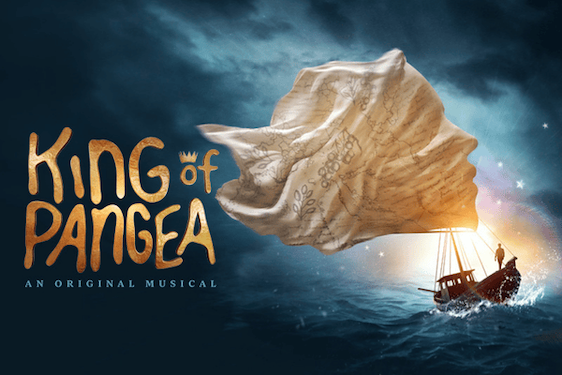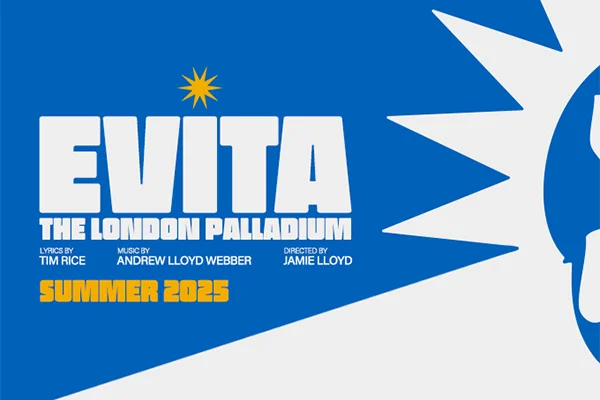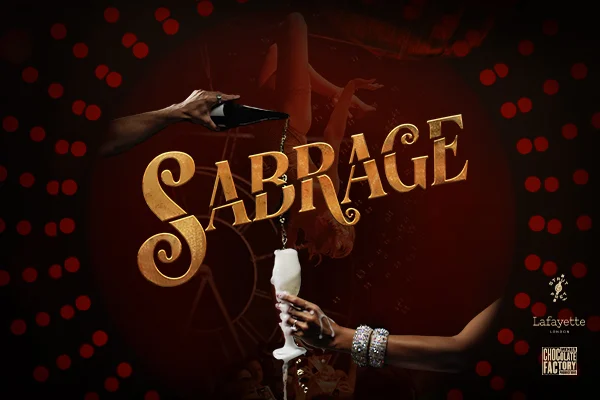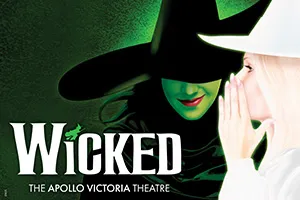Usually The Nutcracker means it is the Christmas season but here we are in March. However, this sumptuous, traditional production by the Bulgarian Varna International Ballet is just what we need to cheer us up in this dreich weather. Despite calls for UK companies to ban productions of The Nutcracker during the Ukraine war, thankfully this has been ignored.
What has great art got to do with Putin?
Though not flagged up by Varda, the main choreography is Russian: based on that of Vasily Vainonen (1934) which remains with the Bolshoi to this day. There are also additions from the Sergei Bobrov, Artistic Director of the Siberian Krasnoyarsk Opera and Ballet Theatre. You see where I’m heading. Above all, Tchaikovsky’s passionate and emotional music makes this ballet one of the most well-loved classical ballets despite its flawed dramatic structure. What has great art got to do with Putin? However, Varda could not resist a nice touch in that the costume worn in the Russian Dance is in Ukrainian colours which elicited a cheer from the audience. This dance is in fact originally a Ukrainian folk dance, the tropak, which later spread throughout Russia.
A vast Christmas Tree, expert soloists, fun and variety from the rest of the cast, it is very much a visual production with glorious or inventive costumes, though there is an old-fashioned feel to the set. Trying to evoke the 19th century, its design seems stuck in the 50s, despite using the modern technology of digital projections.
However, Marie as she is called here following Marius Petipa’s original synopsis (1892) not Clara as we usually know her, is expertly danced by Perdita Lancaster, an adult dancer. (The original plot was for children and involved no love interest.) Sweet in her long blue dress in Act One, an adolescent whose head is turned by the handsome Nutcracker Prince (a smiley Vittorio Scole) and then is transformed into a mature, glamorous (smiley) soloist in exquisite tutu in her fantasy dream voyage.
Act One starts with the Christmas party, and a front of stage silhouette, Drosselmeyer, Marie’s godfather and magician,(stylized dancing by Pierre Gaston) in an eye-catching 18th century-like costume complete with wig. He then steps into the light to introduce the mayhem as first children, naughty boys taunting the girls then adults dressed as an extraordinary array of weird creatures (congratulations to the designers - I don’t know if this would be Gergana Karaivanova (Props) or Tonka Miteva and Eliana Krasteva (Costume) - most intriguing was the armadillo-like creature, the unfortunate dancer crawling backwards across the stage.
Most impressive of the digital projections is the Christmas tree which grows to an enormous size and becomes the site of mice animations in the battle between toy soldiers and mice as a backdrop to real-life dancers on stage and most notably The Mouse Queen, (an impressive Federico Farina).
The individual dances in the land of Sweets have a different projection for each dance reflecting an around the world tour. Additional animations depending on the scene bring this alive; even a peacock opening and shutting its tail. However, the Arabian set is confusingly like an Indian temple though this particular dance (performed by Giulia Visalli) with its mesmerising music stood out. Mother Ginger (originally a fertility figure), not so well-known in the UK, is an enjoyable addition, played as a drag queen (Federico Farino) who lifts his/her skirts to send out children, then scoops them back in.
Surprisingly the well-known Sugar Plum Fairy does not appear and her dance is performed by two what I think were dogs since their hands were in paw-like posture. Charming enough, but it may disappoint many. The Sugar Plum’s dances were also given to Marie and the Prince in a magnificent Grand Pas de Deux, both dancers showing off their specific skills, pirouettes or leaps in their solos and the duets superbly executed. It brought this Act to a triumphant climax, much needed dramatic structure after the seemingly endless world dance sequences. A very brief return to the Christmas Tree in every day land is a satisfying end.


















